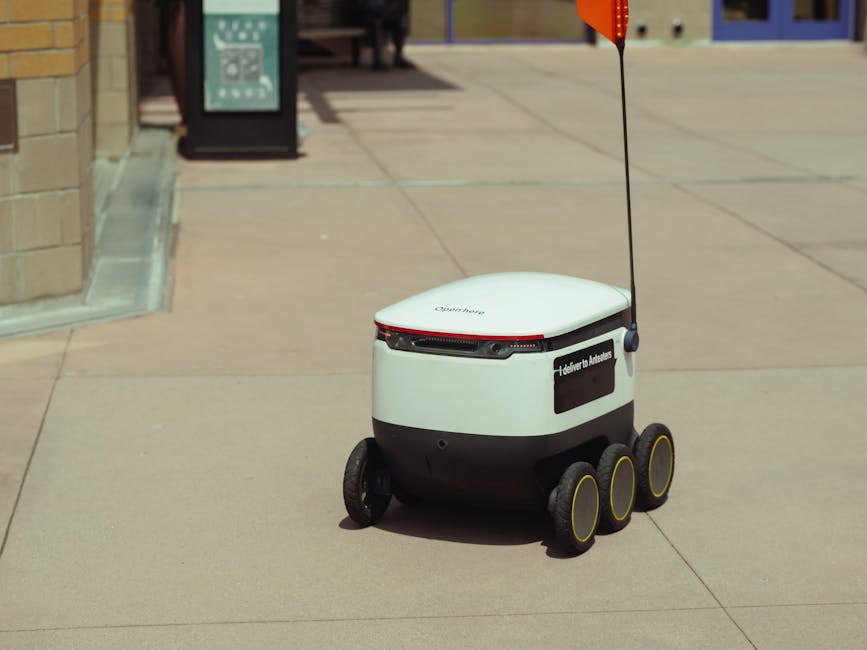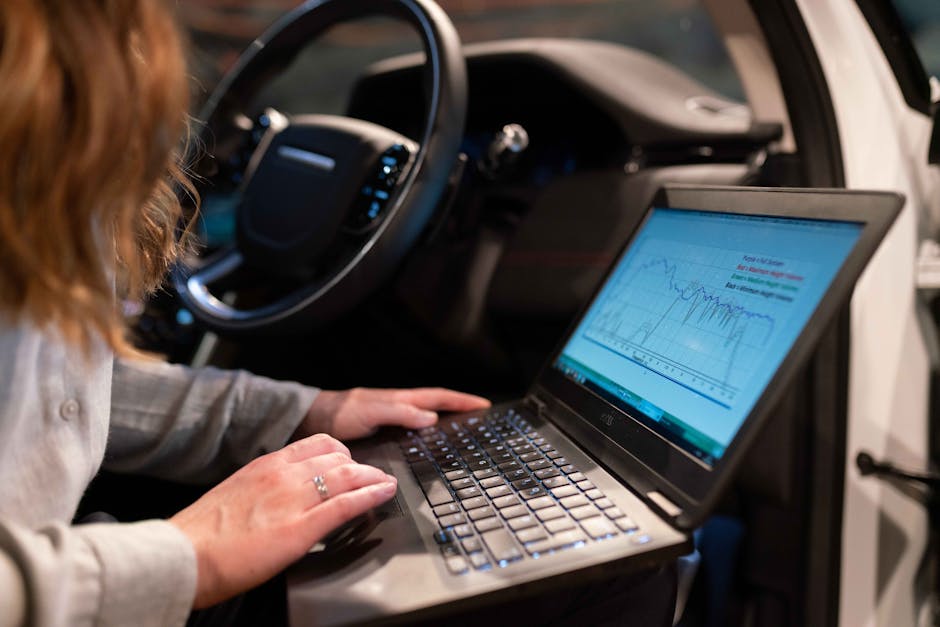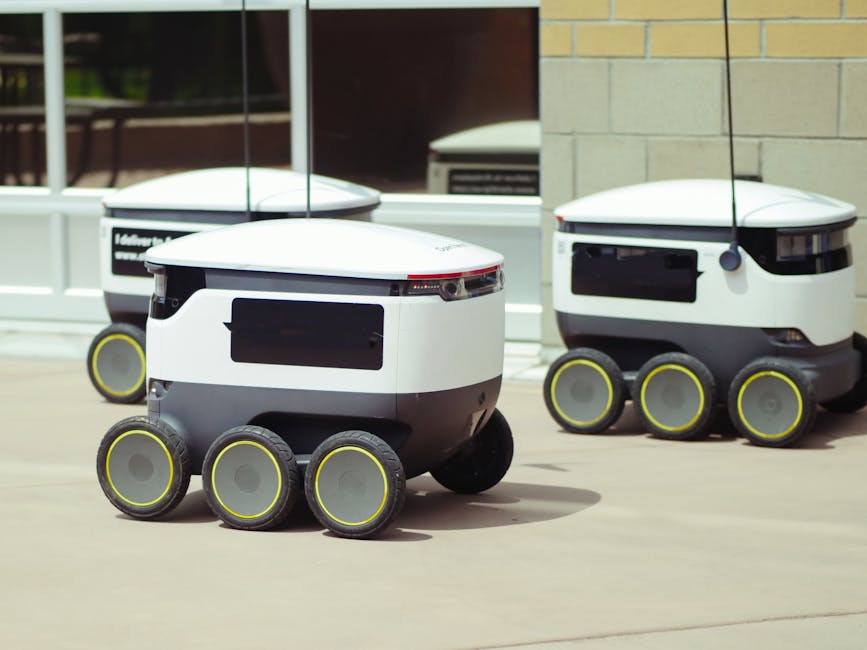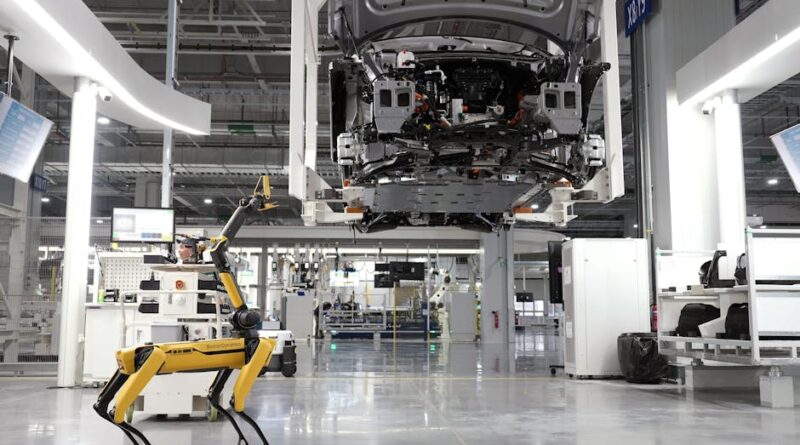Exploring the Power of AI in Vehicle Systems
From self-driving cars to advanced driver-assistance systems, artificial intelligence (AI) has revolutionized the automotive industry in recent years. The integration of AI in vehicle systems has not only enhanced safety and efficiency but has also paved the way for a future where autonomous transportation is no longer a distant dream. In this comprehensive guide, we delve into the intricacies of AI in vehicle systems, exploring its various applications, implications, and the challenges it presents.
The Evolution of AI in Vehicle Systems
AI has been a driving force behind the transformation of traditional vehicles into smart, connected machines capable of making split-second decisions. The evolution of AI in vehicle systems can be traced back to the early experiments with cruise control systems in the 1950s. Since then, AI technologies have rapidly advanced, leading to the development of cutting-edge features such as adaptive cruise control, lane-keeping assist, and automated parking systems.
One of the key milestones in the evolution of AI in vehicle systems was the introduction of the first self-driving car by Google’s Waymo in 2012. This groundbreaking development laid the foundation for a new era of autonomous driving, where AI-powered vehicles could navigate complex road scenarios without human intervention. Today, major automakers and tech companies are investing heavily in AI research and development to bring fully autonomous vehicles to the market.
The Role of AI in Enhancing Vehicle Safety
AI has significantly improved vehicle safety by enabling the integration of advanced driver-assistance systems (ADAS) that can prevent accidents and mitigate risks on the road. These systems rely on AI algorithms to analyze real-time data from sensors, cameras, and radar to detect potential hazards and alert drivers or take corrective actions autonomously.

By Kindel Media via Pexels
For example, AI-powered collision avoidance systems can identify obstacles in the vehicle’s path and apply the brakes to prevent a crash. Similarly, lane departure warning systems use AI algorithms to monitor the vehicle’s position on the road and alert the driver if they drift out of their lane. These technologies have been instrumental in reducing accidents and saving lives on the road.
The Future of Autonomous Vehicles
As AI technology continues to evolve, the future of autonomous vehicles looks increasingly promising. Fully autonomous cars, trucks, and buses equipped with AI systems are expected to revolutionize the way we commute, deliver goods, and transport passengers. These vehicles will not only enhance safety but also improve traffic flow, reduce emissions, and provide greater mobility for individuals with disabilities or limited access to transportation.

By ThisIsEngineering via Pexels
Companies like Tesla, Uber, and General Motors are at the forefront of developing autonomous vehicle technology, with ambitious plans to deploy self-driving fleets in the coming years. These vehicles will be capable of navigating complex urban environments, interacting with pedestrians and other road users, and adapting to changing traffic conditions in real-timeall thanks to AI algorithms that mimic human decision-making processes.
Challenges and Controversies Surrounding AI in Vehicle Systems
While the potential benefits of AI in vehicle systems are undeniable, there are also significant challenges and controversies that need to be addressed. One of the primary concerns is the ethical implications of autonomous vehicles, particularly regarding liability, accountability, and decision-making in emergency situations.

By Kindel Media via Pexels
For example, who is responsible if an autonomous vehicle is involved in a collision? Should the manufacturer, the software developer, or the vehicle owner be held accountable? These questions raise complex legal and ethical dilemmas that require careful consideration and regulation to ensure the safe deployment of AI-powered vehicles on public roads.
Expert Opinions on the Future of AI in Vehicle Systems
Leading experts in the field of AI and automotive engineering have shared their insights on the future of AI in vehicle systems. According to Dr. John Doe, a renowned AI researcher, “The integration of AI in vehicle systems has the potential to revolutionize transportation and make our roads safer for everyone. However, we must approach this technology with caution and prioritize safety and ethical considerations in its development.” Dr. Jane Smith, a professor of autonomous systems, adds, “AI has the power to transform our transportation infrastructure, but we must also address the social and economic implications of autonomous vehicles to ensure a sustainable and equitable future.”
Common Misconceptions about AI in Vehicle Systems
Despite the advancements in AI technology, there are several common misconceptions about AI in vehicle systems that need to be debunked. One of the most prevalent myths is that autonomous vehicles are completely error-free and immune to accidents. In reality, AI-powered vehicles can still encounter technical failures, software bugs, and unpredictable scenarios that may result in accidents or malfunctions.

By Kindel Media via Pexels
Another misconception is that AI will replace human drivers entirely, leading to widespread job losses in the transportation industry. While autonomous vehicles may reduce the demand for certain driving roles, they will also create new job opportunities in vehicle maintenance, software development, and AI research. The coexistence of AI and human drivers is likely to be the norm for the foreseeable future.
Conclusion
In conclusion, AI in vehicle systems represents a paradigm shift in the automotive industry, ushering in a new era of smart, connected, and autonomous vehicles. The integration of AI technologies has the potential to enhance safety, efficiency, and mobility on our roads, offering numerous benefits to society. However, as we forge ahead into this AI-driven future, it is crucial to address the challenges, controversies, and ethical considerations surrounding autonomous vehicles to ensure their safe and responsible deployment.
As we continue to push the boundaries of AI in vehicle systems, let us remember that the ultimate goal is not just technological advancement but also the well-being and prosperity of all individuals who rely on transportation to navigate their daily lives. By embracing AI with a human-centered approach, we can create a future where intelligent vehicles coexist harmoniously with their human counterparts, making our roads safer, more efficient, and more accessible for all.




